For the most part, Antarctic invertebrates don’t look normal, having developed some extreme physical characteristics to survive in such a place. Here are a few more of the special animals that can beat the Antarctic cold.
Antarctic Amphipods
Amphipods are crustaceans that look a bit like shrimp. They eat anything from plants or plant-like organisms to smaller animals that won’t give them much trouble. Many are very small, and are considered part of the microsystem of the local food chain. On the other hand, some amphipods can grow up to 10 inches or more in length.
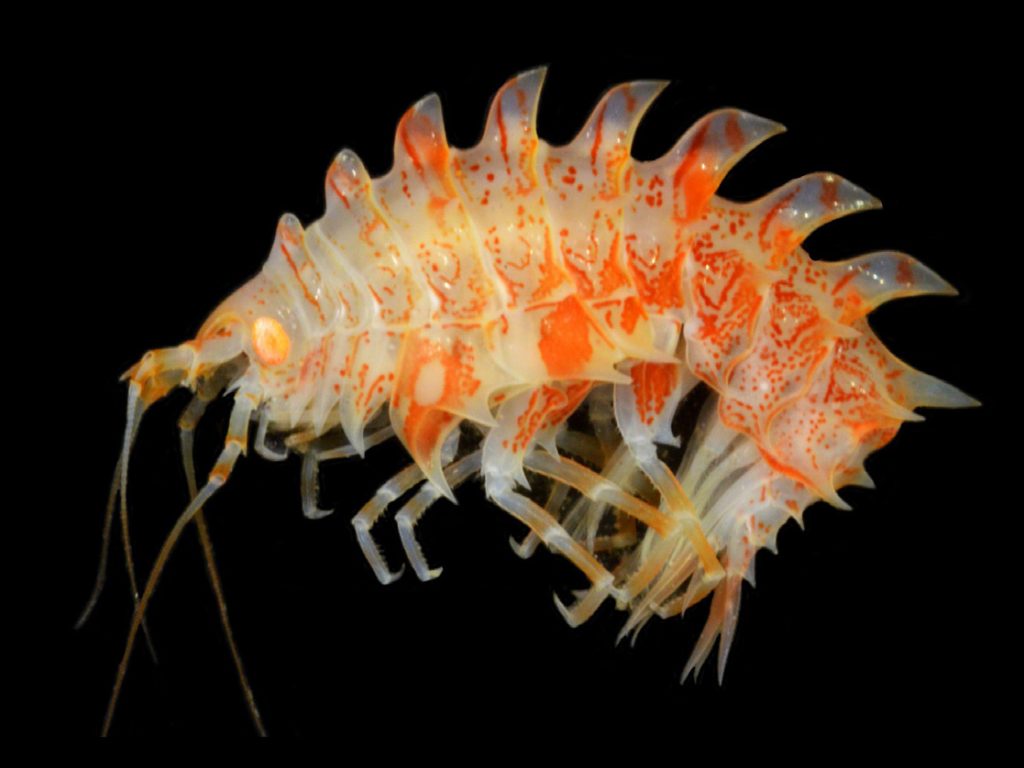
Just last year, 28 new species were identified, according to a 2017 online report by Reinout Verbeke for the Royal Belgian Institute of Natural Sciences. However, biodiversity is not assured once their environment changes drastically due to climate change.
Antarctic Giant Isopods
A gigantic isopod isn’t really that big, reaching only up to 3.5 inches in length, very different from the actual giant isopod which can grow up to 16 inches in length.

The latter has many spiny legs and a rugged appearance. They are opportunistic when it comes to eating, and that’s why they usually feed on food scraps that float down from higher up in the sea or ocean, according to an online article by Caitlyn Bishop posted in the Oceanwide Expeditions website. However, if they get desperate, they will go for smaller fish and even sponges.
Carnivorous Ribbon Worms
Ribbon worms can grow to more than three feet long and can be as thick as garden hoses, mentioned a 2012 post by The Echinoblog. These characteristics, combined with a rather soft and supple body, make them look like long, ribbon-like threads.
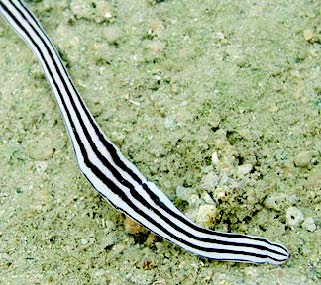
They also excrete mucus. Oh, and did we mention that their name means they eat other living things? Yep, aside from the cute “ribbon” in the name, they really aren’t cute. Again, they can eat practically anything thrown at them — within reason.
Giant Polynoid Worms
These are worms with scales, and they are big. We’re talking about nine inches to a foot long, with reversible mouth parts that can reach up to three inches long, as mentioned in a 2012 article in The Echinoblog.
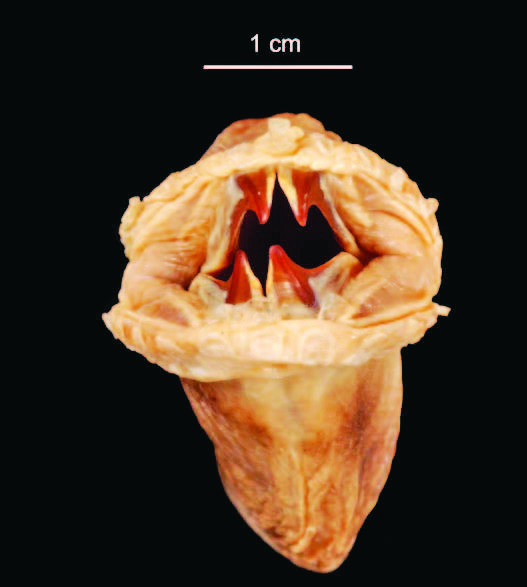
With their size, it’s safe to say they can eat scraps or other still-living things that can fit into their mouths.
What are invertebrates?
A self-proclaimed cat person, Samantha says she’s been adopted by cats (of course, not the other way around) who decided to live with her and tamed themselves.
“I’ve probably also had one cat of every color combination, but I’ve never had a cat with a distinct breed, and I’ve never bought a cat since I’m more for adoption and I love cats for who they are and not just for their cuteness,” she says.
Samantha has two cats: Sandstorm and Dmitri, Sandstorm’s son. Sandstorm, an orange-and-white tabby, has been Samantha’s companion for around three years, and shares a strong bond with his mom. She describes him as “the most affectionate cat I’ve ever had, which is why he’s the most dear to me.”
Nematode Worms
Nematode worms are all over the Antarctic, as you are more likely to find them than any other animal, reported Andrea Mustain in a 2011 article for Live Science. They are very small worms, as the longest ones are probably no longer than the thickness of a coin.
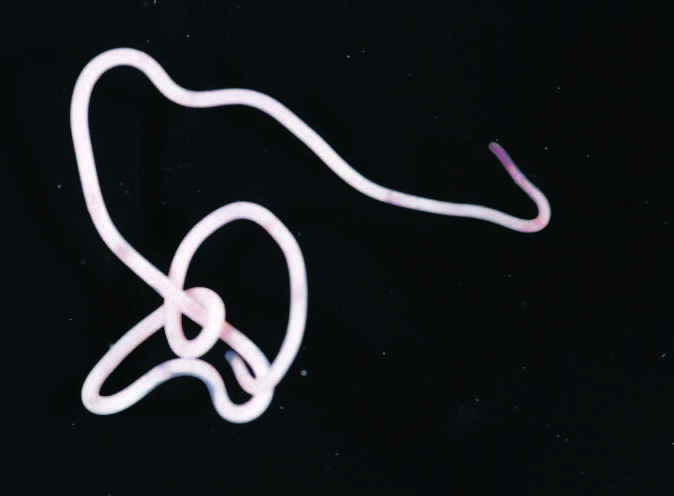
What makes them unusual is that they can prevent themselves from dying, even if they’ve been frozen. They do this by producing proteins that coat ice crystals in cells, preventing them from damaging cell walls. And when there’s not enough water, they can go into a sort of suspended animation, which they can emerge from after a few days, weeks, even decades.
Alien species invasion
It’s not just local species warfare and water chemistry that invertebrates have to contend with. Climate change will also allow new species to come in with the warmer water.
It’s been observed that king crabs are making headway into the Antarctic, and in their wake, they are leaving empty paths where they’ve eaten everything they can possibly eat, all the way down to sea pigs, according to a 2012 article by Douglas Fox for Scientific American.
The problem is that there are no Antarctic species that have external shells hard enough to go up against the heavily-armored king crabs.
The reason for the influx of warmer water is, in theory, all about water circulating in different bands of temperature around the Antarctic, so that hardy animals that require higher temperatures are locked out by the much colder waters of the Antarctic. But now, the temperature walls have been breached and the possibility of a total reorganization of ocean communities is looming.
Antarctica’s problem is everyone’s problem
With this change in the Antarctic’s ecosystem comes concerns that there may be far-reaching effects that may disrupt the global chain of life.
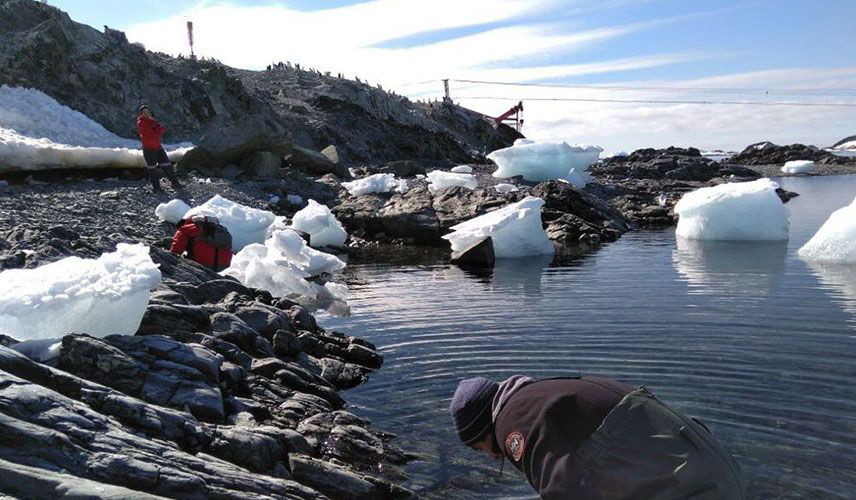
If anything, Antarctic invertebrates are proof of highly specialized evolution — that life does find a way to flourish in practically any environment. On the other hand, the way that climate change is threatening Antarctic species also shows that even these hardy animals will suffer when the situation creates unexpected roadblocks to survival.
Hopefully, the evolutionary forces that have helped Antarctic invertebrates survive for millions of years will give them a good push to survive the latest changes in the world.
This appeared in Animal Scene magazine’s January 2019 issue.






